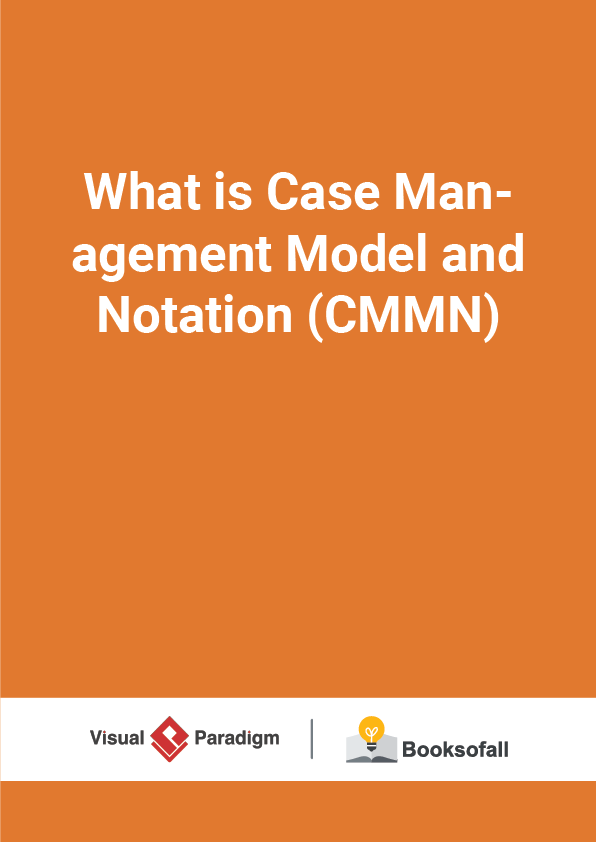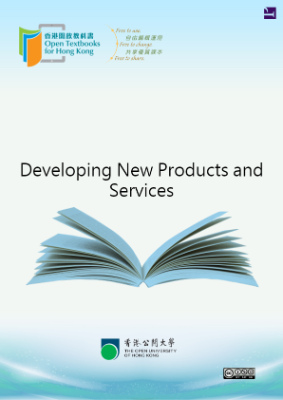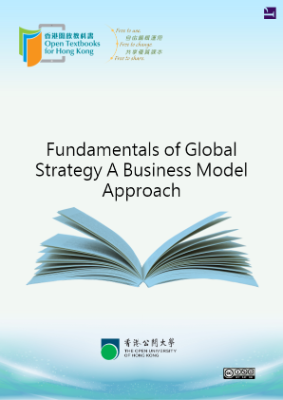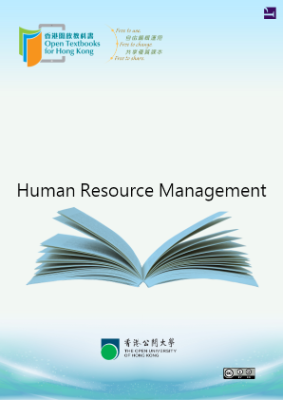What is Case Management Model and Notation(CMMN)?
13-16 minutes
Organizations are always pursuing improvements in how they work in order to increase efficiency and reduce errors. This requires analysis and continuous improvement of their working methods, which may include very structured workflows in predictable situations , as well as protocols to respond to dynamic situations where it is impossible to prescribe a fixed process.
CMMN is a graphical notation used for capturing work methods that are based on the handling of cases requiring various activities that may be performed in an unpredictable order in response to evolving situations . Using an event-centered approach and the concept of a case file, CMMN expands the boundaries of what can be modeled with BPMN , including less structured work efforts and those driven by knowledge workers. Using a combination of BPMN and CMMN allows users to cover a much broader spectrum of work methods.
Here is some reasons why we need CMMN in additional to BPMN:
- Traditionally, the research and practice of business information systems focuses on well-structured business processes. However, many business processes are difficult to model.
- That is especially true for knowledge-intensive tasks such as incident management, consulting or sales. In fact, many activities are started and conducted in an ad-hoc way rather than being planned in advance.
- This is especially the case for knowledge-intensive or project-based activities, which often represent the core competencies of an organization.
Ad-Hoc Process
Ad-hoc processes are sets of business activities and corresponding artifacts (e.g. information, decisions and products) that can only be standardized at a high level of aggregation. The actual kinds of activities and their ordering are different from case to case.
Here is the characteristics of the Ad-hoc Process:
While certain activities can be predicted, much of the process cannot be fully specified at the start, since it requires information that only becomes available someway into the project.
If we assume that in the context of ad-hoc processes the next step is never determined, their execution cannot be controlled by classical process-based information systems, in most cases, knowledge workers are in control of the process.
It seems impossible to think of all possibilities for an ad-hoc process by design time, such a process model would become complex and hard to manage
BPMN vs CMMN
In recent decades, there has been a focus on modeling and automating well-structured and routine processes. BPMN is best used for well-structure and highly predictable work where knowledge workers mainly execute tasks, while CMMN covers the section of less predictable processes with the active involvement of knowledge workers making decisions and planning during run-time
Case management (CM) was introduced as a tool for knowledge workers by van der Aalstin 2005. In May 2014, the OMG published a standard for case management called Case Management Model and Notation (CMMN) . Its focus is on supporting unpredictable, knowledge-intensive and weakly-structured processes.Case management is a type of business process technology that does not use control flow to describe the process.
Case management is about empowering knowledge workers by providing them with access to all the information concerning the case and giving them discretion and control on how a case evolves. Case management it is not about the process, it is about the workers. In contrast to classic processes, a certain goal and providing possibilities to choose from is more important than the way to achieve the goal itself.











